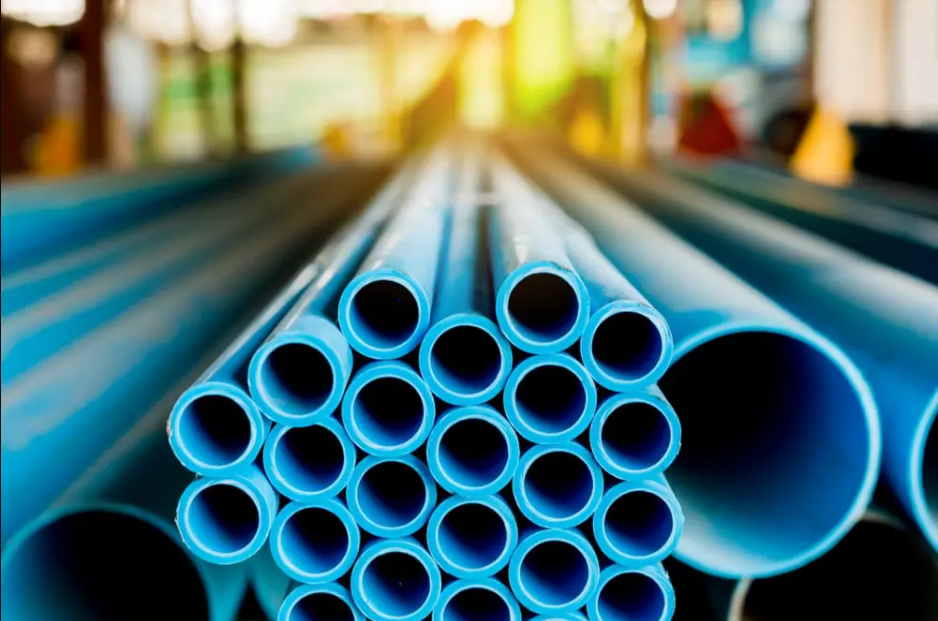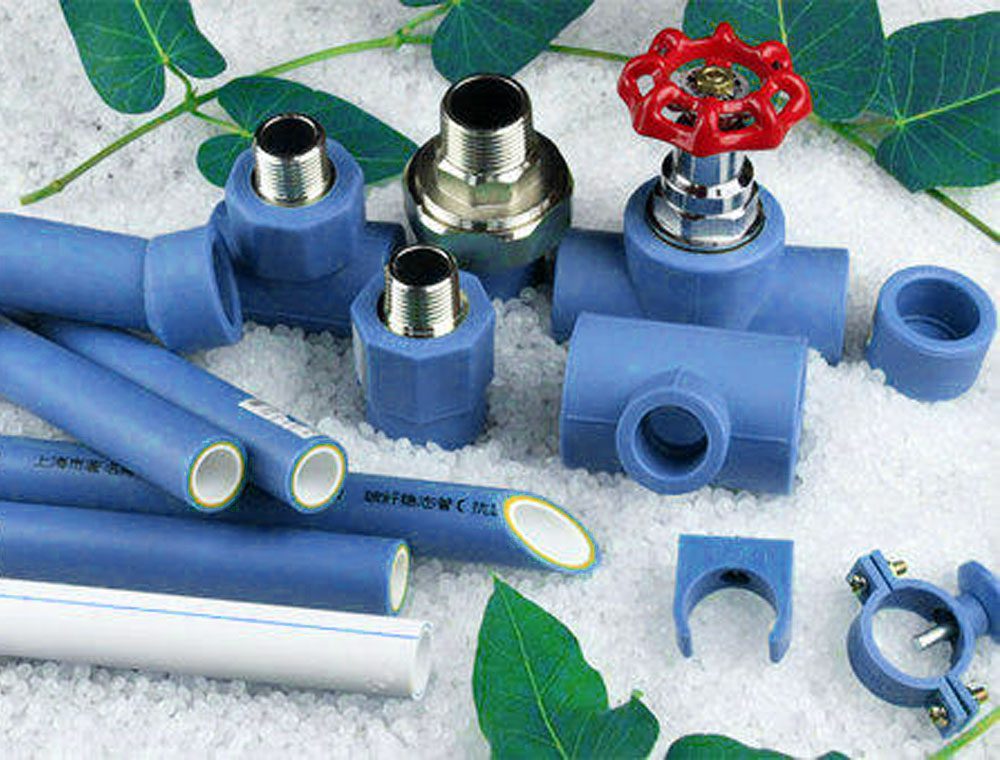When installing polyvinyl chloride (PVC) piping systems, you have a few different options to join the piping and fittings. Depending on the pipe size, the pipe and fittings can be threaded or flanged together, each offering a strong, durable union. Solvent cement Is not glue. Instead It is A fast, easy installation process that uses solvents and resin to chemically fuse the pipe and fitting together at a molecular level, essentially creating one continuous piece of plastic. In fact, solvent cement is the only joining method recommended for system features like expansion Loops because it allows the pipe to bend and move without breaking or weakening the joint seal. To ensure the solvent cement is applied properly throughout your process system, we’ve put together the following dos and don’ts to remember throughout the seven step joining process. If the provided solvent cement installation do’s and don’ts are followed, see how reliable the joints become by watching the burst test video below.
Do: Use tools designed for use with plastic pipe and fittings.
Preferred plastic cutting tools include a ratchet cutter, wheel-type plastic tubing cutter, a power saw, or a fine-toothed saw.
Do: Ensure the PVC is cut squarely by using a miter box.
Cutting the pipe as squarely as possible provides the maximum bonding surface area.The more surface area that becomes chemically bonded, the more strength the joint will exhibit.


